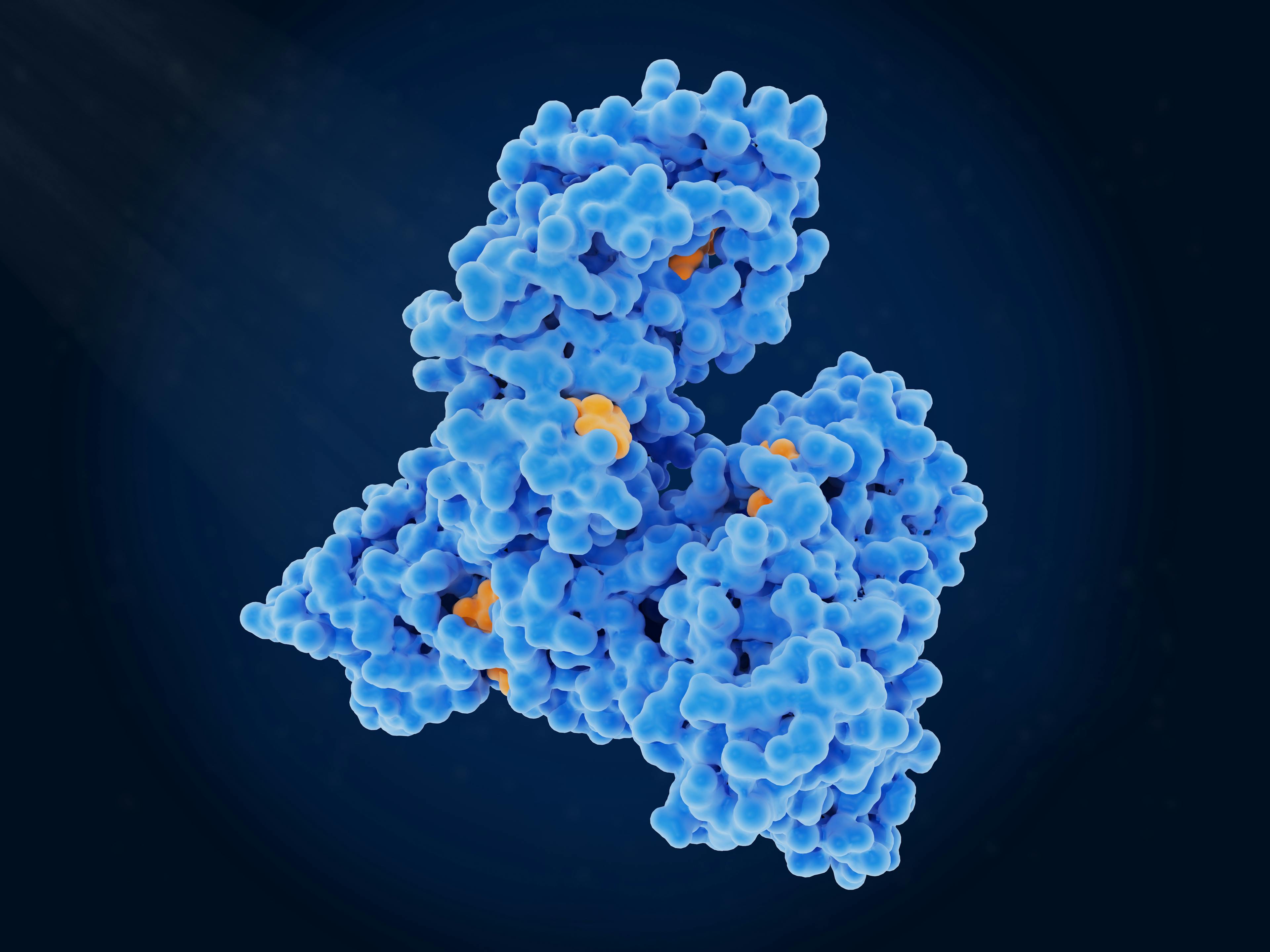Strong growth in autoimmune drug target discovery in 2022
Two targets were chosen for their novelty – transcription factor CEBPB and transport protein MX2, both reported to be associated to Lupus in 2022.

- Categories
- Target Selection
Immunology is a very active research field. Over 1,000 new potential drug targets were discovered in each of the past three years (2020-2022) across seven autoimmune indications, including rheumatoid arthritis, psoriasis, and lupus, according to Causaly. Over a third of new targets – molecules with the potential to become drug targets, but which aren’t necessarily validated or druggable – discovered in 2022 were enzymes and signaling proteins.
For context: potential target discovery rates in cancer are many times higher: according to Causaly, in 2022, over 700 potential new targets were uncovered in breast cancer and over 600 in bowel cancer. In rheumatoid arthritis (RA) alone, over 800 new potential targets were uncovered between 2020 and 2022, according to Causaly. That helped drive an annual five-year average discovery rate of 232.2 in RA; psoriasis and lupus came next with five-year annual discovery rates of 165.8 and 164.4 respectively. These autoimmune conditions fuel some of the world’s biggest drugs, including AbbVie’s anti-tumor necrosis factor (TNF) Humira (adalimumab), its interleukin-23 (IL-23) antagonist Skyrizi (risankizumab) and Rinvoq (upadacitinib), an oral Janus kinase (JAK) inhibitor. They are also the target of several of the most valuable late-stage pipeline candidates.
What kind of targets are researchers focused on?
Over a third of those uncovered in 2022 were enzymes or signaling proteins – unsurprisingly perhaps, as these are the most popular drug target categories. (Up to half of all drugs inhibit or modulate enzymes.)Receptors – including tyrosine kinase-linked receptors, G-protein coupled receptors and intracellular steroid receptors but excluding ion channels – accounted for just over 9% of new potential targets uncovered in 2022.
Transport proteins comprised just shy of 7% of all new potential targets, with non-coding RNA and transcription factors, which are historically challenging to drug, each representing about 6.5% of all new targets discovered that year. Two new potential lupus targets within these categories – transport protein MX dynamin-like GTPase 2 (MX2) and transcription factor CCAAT enhancer binding protein beta (CEBPB) – were uncovered during 2022.
MX2 is a transport protein which impacts viral replication; it first appeared as a target for HIV and has also been investigated for Hepatitis B and some cancers. MX2 binds guanosine triphosphate (GTP; an RNA building block) and is upregulated by interferon alpha. Its close association with inflammation pathways, and high gene expression levels in studies of patients with systemic lupus erythematosus (SLE), the most common form of lupus, has led to its investigation as a potential biomarker for the disease. The precise function of MX2, and the mechanisms through which it may be implicated in lupus, remain inadequately understood.
CEBPB is a transcription factor. It regulates genes involved in the immune and inflammatory response, such as that encoding interleukin-6. Like MX2, it is also implicated in several cancers. CEBPB is known to regulate the NLRP3 inflammasome protein complex that triggers inflammatory cytokine release and is involved in the pathogenesis of several diseases, including some forms of lupus, Alzheimer’s, diabetes and some infections. More work is needed to fully elucidate the transcription factor’s role in lupus pathophysiology, however.
To find out more about novel target discovery in lupus and other autoimmune diseases, including counts and breakdowns by target type, plus target rankings and broader analysis, download the 2023 Target Discovery Spotlight Report: Lupus and Autoimmune Diseases.
More on Target Selection
